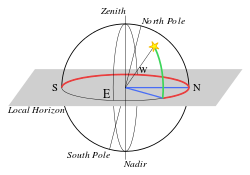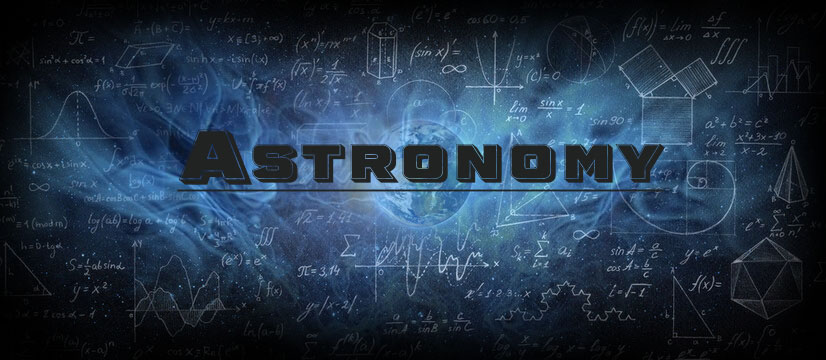 |
A fine mid-17th century Arabic manuscript of Euclid's famous "Elements of Geometry", the "oldest mathematical textbook in the world still in common use today" (PMM). The translation is by the great Persian polymath Nasir ad-Din at-Tusi (1201-74), after whom the lunar crater "Nasireddin" is named.
Written in Central Asia, this manuscript comprises fifteen books rather than the usual thirteen. Some of the marginal diagrams may have been added later. Paper browned and somewhat mottled throughout, less so near the end of the volume. The restored binding uses the stamped original cover material.
|
| |
|
 |
Physics plays a big part in understanding astronomy, especially when it comes to learning about other planets’ gravity. It helped us learn that Mars’ gravity is 62% lower than Earth’s. Even though our planet has almost the same land surface as Mars, the red planet has only half the diameter and less density than Earth. Mars has around 11% of Earth’s mass and 15% of our planet’s volume. Scientists use these numbers in calculations and take advantage of Mars’ gravity when sending droids to Mars, as it allows them to load the droids with more equipment.
|
| |
|
 |
According to well-known space facts, the universe comprises protons, neutrons, and electrons. The visible universe includes entire galaxies and celestial objects like planets, moons, asteroids, the Sun, and other stars. Although the universe might seem big, visible galaxies make up only a small portion of it, while the rest is composed of dark energy and dark matter.
While scientists have collected a ton of useful astronomy information about space, little is known about these two. Dark matter is a mass that doesn’t emit light or energy and accounts for 27% of the entire universe. In contrast, dark energy is a mysterious force that causes the expansion rate of our universe to accelerate over time and accounts for 68% of the universe.
|
| |
|
 |
Primitive societies may have used arithmetic to keep track of lunar and solar cycles and animals, food, and people. However, the first mathematical, and astronomical innovation was made during the Mesopotamian and Babylonian civilizations. The sun’s apparent motion was used to predict eclipses and celestial body positions in terms of the degree of latitude and longitude.
The story of mathematics grows fascinating as we approach one of humanity’s most successful geniuses. Sir Isaac Newton devised Calculus as he studied Halley’s Comet. This way of addressing moving bodies allowed him to replicate the movement of not just Halley’s Comet perfectly but any other celestial body that traveled across the sky.
|
| |
|
 |
The bases of differential and integral calculus were discovered in the second half of the 17th century by Leibniz (1646-1716) and Newton (1643-1727). Newton’s understanding of these mathematical ideas allowed him to develop the laws of “classical” mechanics, including the three basic laws of physics and the law of universal gravitation. Through calculation, Newton found Kepler’s laws describing the motion of the planets around the Sun. In the Newtonian theory, the force of gravitational attraction between two bodies is inversely proportional to the square of their distance:
In the middle of the 19th century, the astronomer’s John Couch Adam and Urbain Le Verrier established the existence of the planet Neptune by means of calculations. Their calculations were based on the perturbations of the observed orbit of Uranus with respect to its orbit predicted by Newton’s laws. At the beginning of the 20th century, the same type of method was used to predict the existence of Pluto.
|
|






